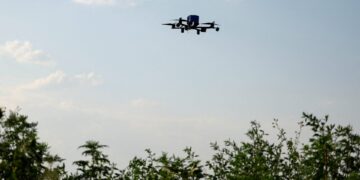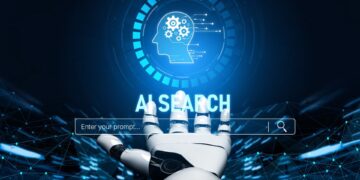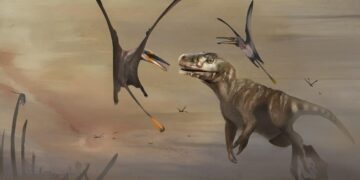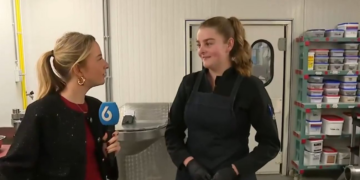Artificial intelligence (AI) has made significant advancements in various fields, from healthcare to finance. Now, tech experts are exploring the possibility of using AI to translate animal sounds into words. This could potentially revolutionize our understanding of animal communication and behavior.
Imagine being able to understand what your pet is trying to convey when it meows or barks. AI could make this a reality by analyzing the nuances and patterns in different animal sounds. By training AI algorithms with a vast database of animal sounds and their corresponding meanings, researchers hope to develop a system that can accurately translate these sounds into human language.
One of the key challenges in this endeavor is the diversity of animal sounds. Each species has its own unique vocalizations, making it difficult to create a one-size-fits-all translation system. However, with advancements in machine learning and deep learning algorithms, experts believe that AI could eventually overcome this hurdle.
The potential applications of AI-translated animal sounds are vast. From helping zoologists better understand animal behavior to improving communication between humans and their pets, the possibilities are endless. For example, AI could be used to alert pet owners when their furry companions are in distress or need medical attention.
Moreover, the ability to translate animal sounds could also have implications for wildlife conservation efforts. By understanding the vocalizations of endangered species, researchers could better track and protect these animals in their natural habitats. This could lead to more effective conservation strategies and ultimately help prevent the extinction of vulnerable species.
While the idea of AI translating animal sounds into words may seem like science fiction, researchers are making significant progress in this field. With continued advancements in AI technology, we may soon be able to bridge the communication gap between humans and animals in a whole new way. The potential benefits of this technology are vast and could have a profound impact on how we interact with the animal kingdom.





























































